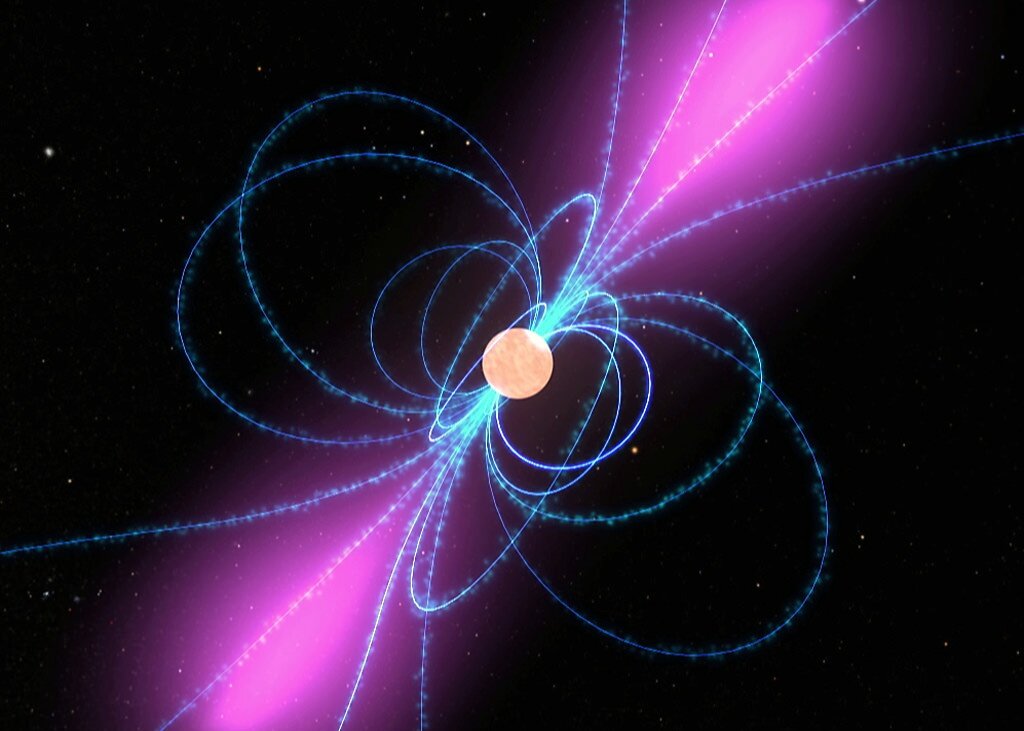Engineers have developed a compact navigation device, the operation of which is based on the use of pulsar signals. It can be installed on probes exploring remote corners of the Solar System.

New opportunities for spacecraft
Scientists have developed a new navigation system for spacecraft that uses pulsars instead of signals from Earth stations. The new device will weigh only six kilograms and at the same time will allow it to determine the position of the probe in space with an accuracy of 10 km. It’s called PODIUM.
Since we are talking about equipment for automatic spacecraft that will study remote parts of the solar system, such as Saturn, Uranus, Neptune or the Kuiper Belt, the distance to them will be measured in hundreds of millions of kilometers. Therefore, the accuracy that pulsars allow to obtain is more than enough.
Usually, navigation of such spacecraft is carried out by signals coming from stations on the Earth. But they travel at the speed of light and get to the spacecraft for several tens of minutes. The antennas that guide them need to be constantly adjusted. All this makes navigation quite difficult.
Pulsar navigation
Pulsars, or neutron stars, are the remnants of supernovae. They emit powerful radio pulses with a precisely set period. They are located far away from us, so although the signal from them takes thousands of years, their mutual location remains easily predictable and practically unchanged. It is this feature that makes it easy to use them for accurate navigation.
The idea of this is not new. In the 1970s, Voyager spacecraft went beyond the solar system, carrying a message to extraterrestrial civilizations. But in addition to information about the Earth and humanity, their golden tablets also contained the position of the 14 brightest pulsars relative to the Solar System. So, if anything, the aliens could easily find us thousands of years later.
Why haven’t pulsars been used until now?
It was not possible to use pulsars for spacecraft navigation for a long time. The signal from them is weak enough and it could only be reliably received thanks to large and heavy antennas that simply cannot be installed on a spacecraft.
Therefore, for many years scientists have been working on much smaller instruments that could pick up the signals of neutron stars no worse than large telescopes. Back in 2018, the NICER/SEXTANT experiment was conducted on the International Space Station. During it, a device the size of a washing machine was able to accurately determine its position in space, focusing on pulsars.
PODIUM will have even smaller dimensions. The authors of the project hope that soon it will also be tested in space. Perhaps such a device will be installed on the Gateway lunar orbital station.
According to phys.org
Follow us on Twitter to get the most interesting space news in time
https://twitter.com/ust_magazine
